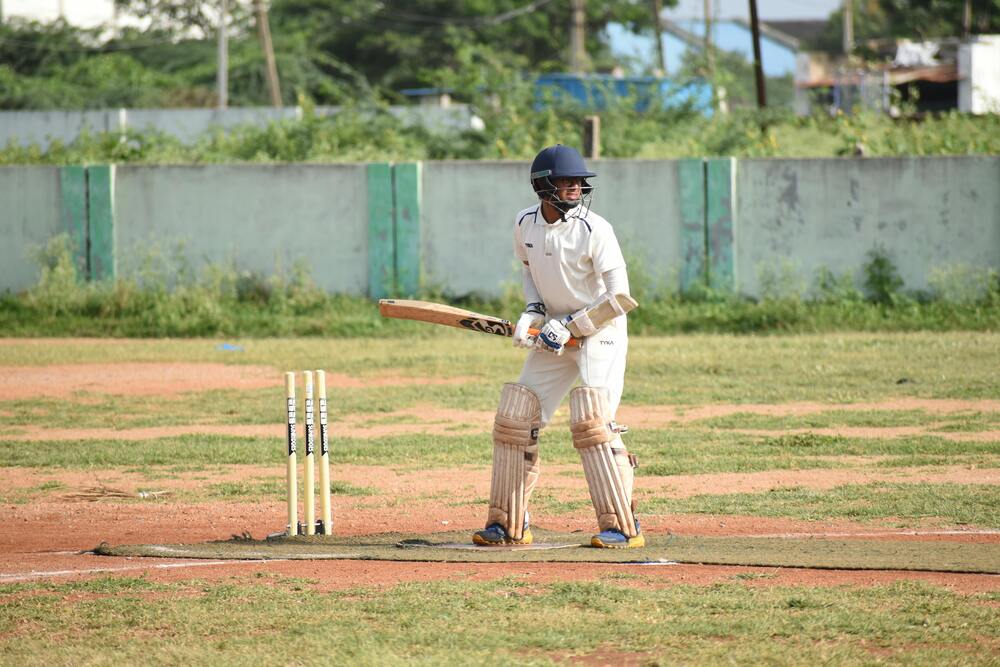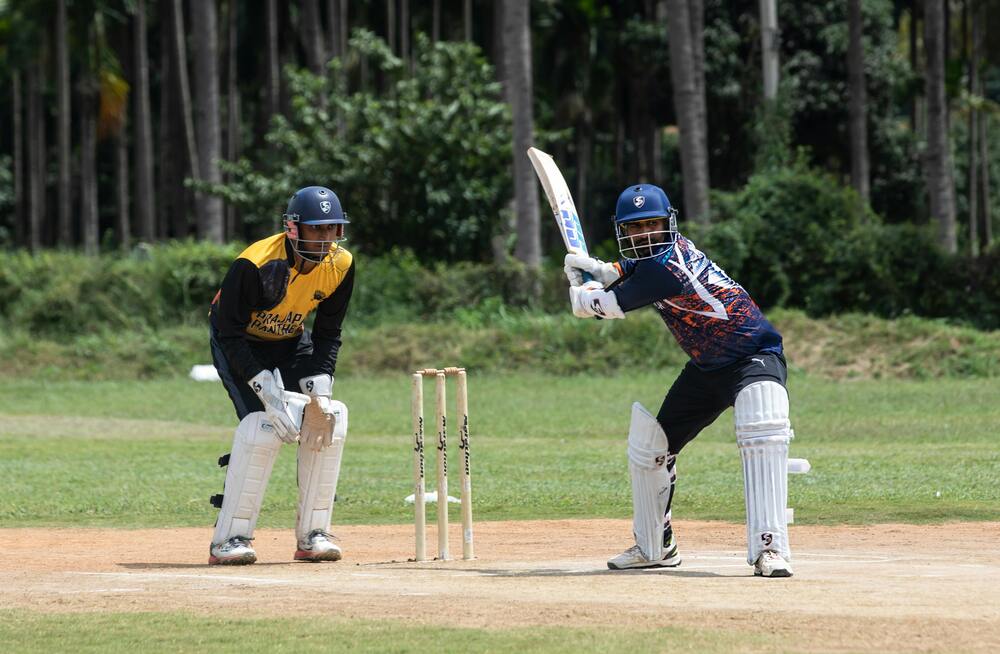Cricket is more than just a sport in India—it is a cultural phenomenon, an economic powerhouse, and a unifying force that transcends regional, linguistic, and social divides. The game’s deep-rooted connection with Indian society can be traced back to historical, economic, and social factors that have solidified its position as the nation’s most beloved pastime. From the early days of British colonialism to the modern era of the Indian Premier League (IPL), cricket has evolved into a national obsession that influences entertainment, business, and even politics.
Historical Roots and Colonial Influence
The origins of cricket in India date back to the 18th century when British colonizers introduced the sport as a leisure activity. The first recorded cricket match in India took place in 1721, played by British sailors in Gujarat. By the mid-19th century, the sport had gained popularity among the local elite, particularly in Bombay (now Mumbai), Calcutta (Kolkata), and Madras (Chennai). The establishment of the Bombay Gymkhana in 1875 and the formation of the first Indian cricket team, the Parsis, marked the beginning of organized cricket in the country.
The British used cricket as a tool to reinforce social hierarchies, but Indians gradually appropriated the sport, turning it into a symbol of resistance and national pride. The victory of the Indian cricket team against England in the 1971 Test series, followed by the 1983 World Cup win under Kapil Dev’s leadership, transformed cricket into a source of collective identity. These victories were not just sporting achievements but also moments of national celebration, reinforcing cricket’s emotional hold over the Indian public.
Economic Powerhouse and Commercial Growth
The rise of cricket as India’s premier sport is closely linked to its economic transformation. The Board of Control for Cricket in India (BCCI) is the richest cricket board in the world, generating billions of dollars through broadcasting rights, sponsorships, and tournaments like the IPL. According to a 2023 report by Duff & Phelps, the IPL’s brand value exceeded $10 billion, making it one of the most lucrative sports leagues globally.
Corporate investment has played a major role in cricket’s dominance. Companies like Reliance, Tata, and JSW Group have heavily invested in teams, advertising, and infrastructure. Star India’s record-breaking $2.55 billion bid for IPL media rights in 2017 highlights the financial stakes involved. The league’s success has also created employment opportunities, from players and coaches to commentators and digital content creators, further embedding cricket into India’s economic fabric.
Cricket’s financial appeal extends beyond the professional level. Local tournaments, school competitions, and gully cricket foster grassroots participation, ensuring a steady pipeline of talent. The sport’s accessibility—requiring minimal equipment compared to football or hockey—makes it a preferred choice in both urban and rural areas.
Cultural Impact and National Unity
Cricket’s influence on Indian culture is unparalleled. It serves as a rare unifying force in a country marked by linguistic, religious, and regional diversity. When India plays Pakistan, the entire nation comes to a standstill, reflecting the sport’s ability to evoke intense patriotism. Iconic moments, such as Sachin Tendulkar’s 200 against South Africa in 2010 or MS Dhoni’s 2011 World Cup-winning six, are etched into collective memory.
Bollywood and cricket share a symbiotic relationship, with films like Lagaan (2001) and MS Dhoni: The Untold Story (2016) reinforcing the sport’s cultural significance. Celebrities like Shah Rukh Khan, Preity Zinta, and Juhi Chawla owning IPL teams further blur the lines between sports and entertainment. Cricket commentary in regional languages, including Hindi, Tamil, and Bengali, ensures the sport remains accessible to millions.
The rise of digital media has amplified cricket’s reach. Platforms like Hotstar (now Disney+ Hotstar) recorded 25 million concurrent viewers during the 2019 IPL final, showcasing the sport’s mass appeal. Social media allows fans to engage with players directly, creating a sense of personal connection that few other sports can match.
Conclusion
Cricket’s dominance in India stems from a unique blend of historical significance, financial influence, and deep cultural ties. The game has grown beyond its colonial origins to become a defining element of India’s contemporary identity. While other sports like kabaddi and badminton are gaining traction, cricket’s entrenched position ensures it remains India’s undisputed favorite. The passion for the game is unlikely to wane, as new generations continue to embrace cricket as an integral part of their lives.




